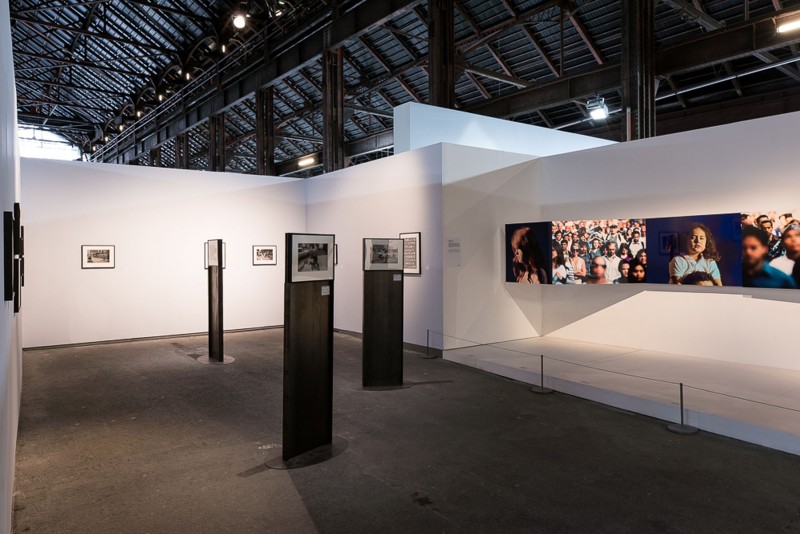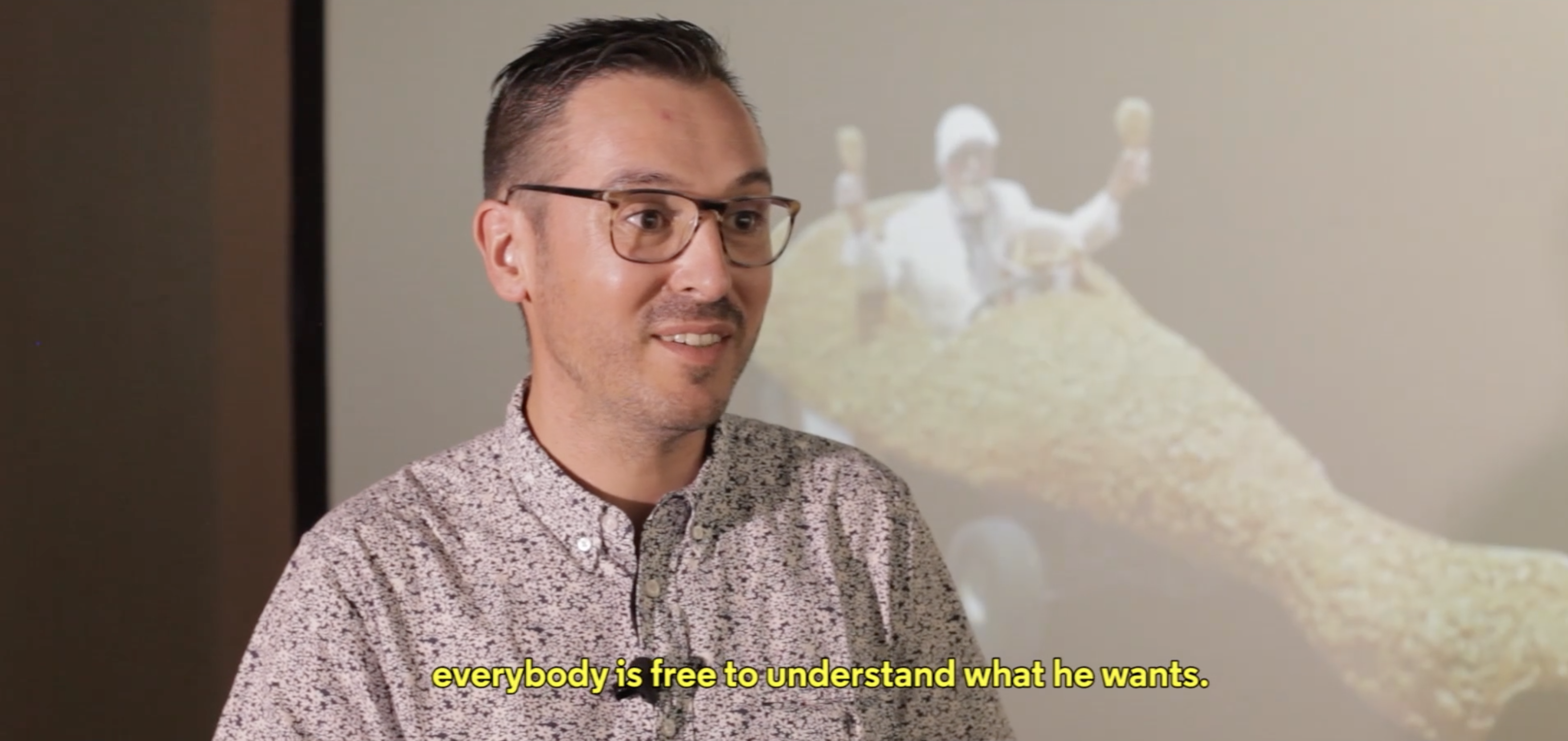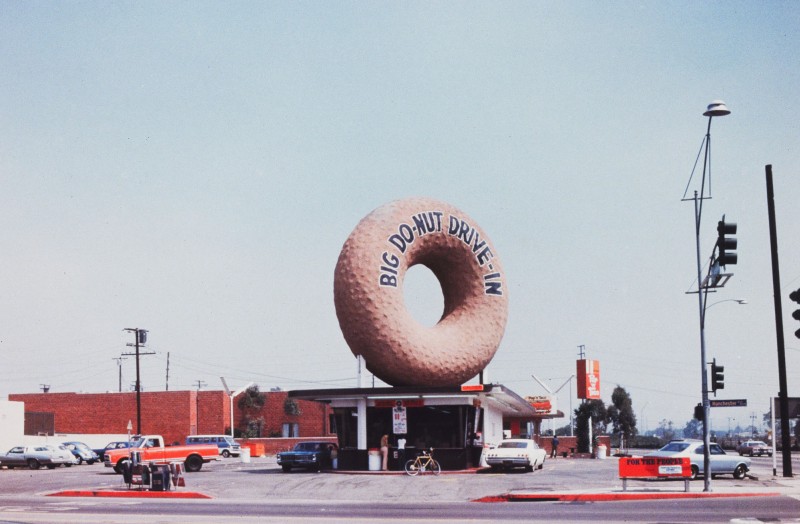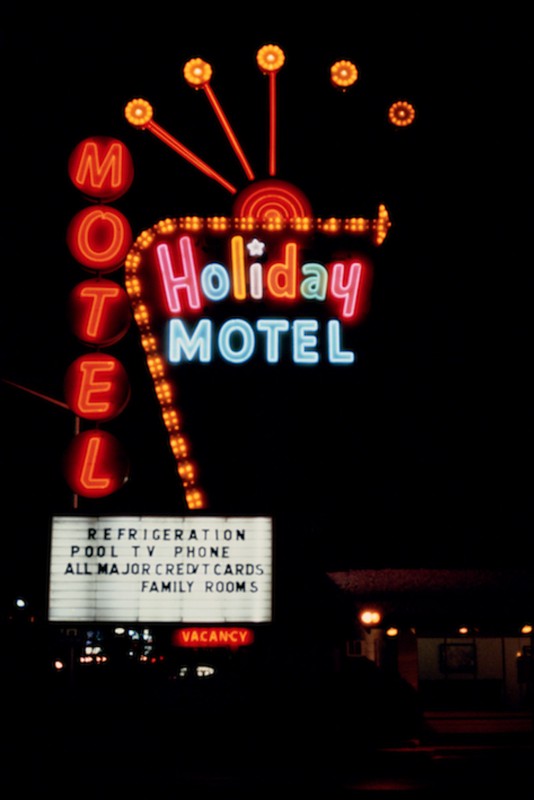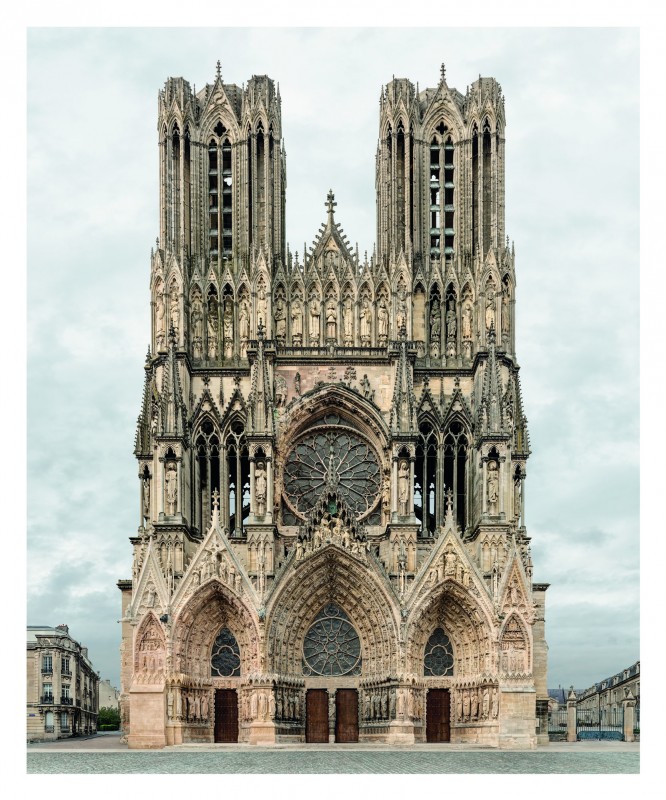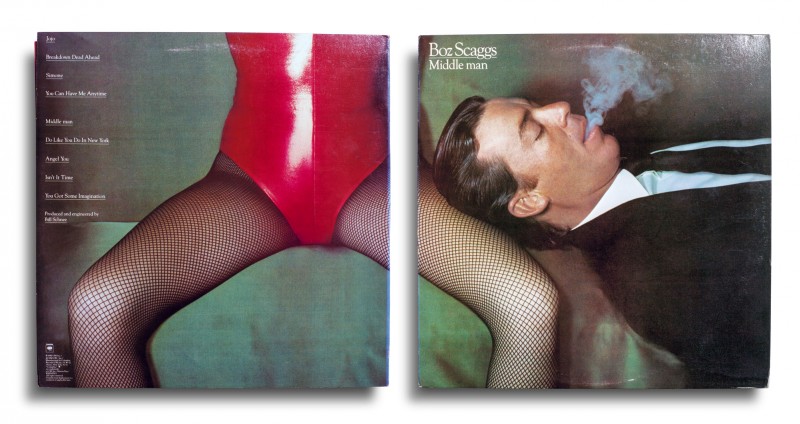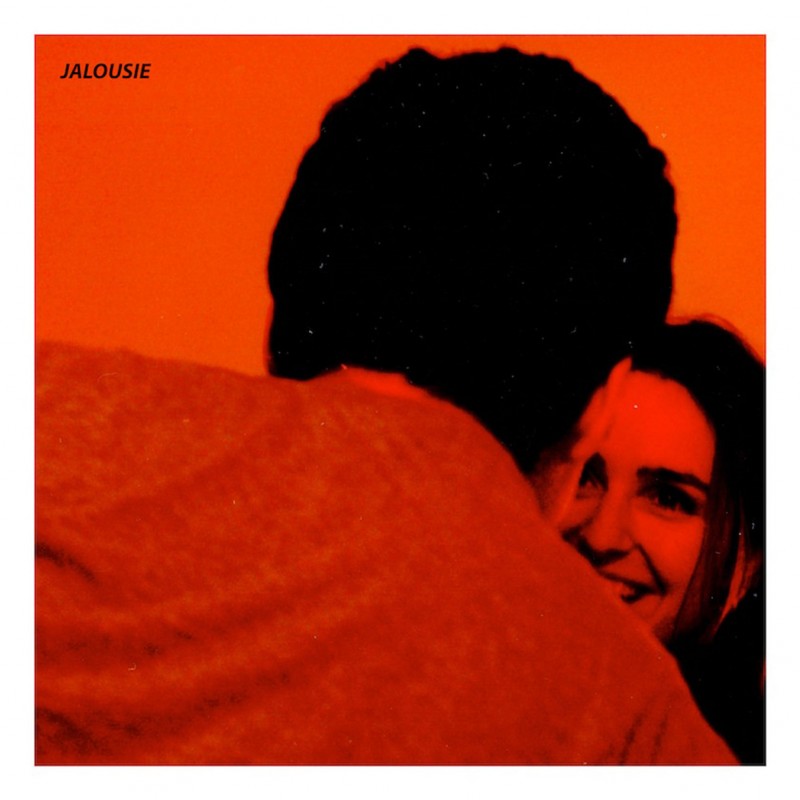Edition 2015
Olivier Cablat
Duck, A Theory of Evolution
In 1930, duck farmer Martin Maurer had a duck-shaped building constructed to house his retail poultry shop in Flanders, a small town on Long Island, New York.
In 1972, Robert Venturi, Denise Scott Brown and Steven Izenour wrote Learning from Las Vegas, in which they examined the concepts of vernacular, functional and commercial architecture. They identified two main kinds of buildings: the ‘Decorated Shed’ and the ‘Duck’, the architecture of which fully expresses the functional or commercial content of a building. In 2014, Olivier Cablat revived the idea by compiling archives made up of his own photographs, digitalised publications and pictures from the Internet. Those digital archives are the basis of DUCK, A Theory of Evolution, a genealogical study of the Duck and its evolution towards mobile forms that have more or less strayed from the original concept. The project is also a reflection on the relationship between a work and the forms it can take.
With support from the Swiss Confederation.
A project initially produced by Festival Images (Vevey, Switzerland), winner of the Nestlé Prize of the Vevey International Photography Award 2013-2014.
Publication: DUCK, A Theory of Evolution, RVB Books/Festival images, 2014.
Exhibition venue: Grande Halle, Parc des Ateliers.



